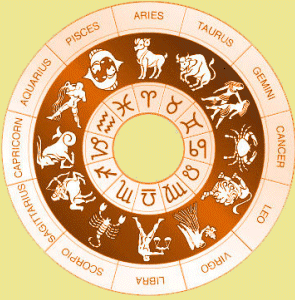

Vastu Shastra, often referred to as the "science of architecture" in ancient Indian texts, is a traditional Indian system of architecture which translates to "science of architecture" or "science of construction." Rooted in the Vedas, it integrates various elements of nature and ancient Indian beliefs to ensure a harmonious balance between human dwellings and the natural world.

Vastu Shastra is based on the concept of balancing the five natural elements:
Vastu Shastra places great importance on the eight cardinal directions:
Each direction is associated with specific deities and elements, influencing the placement of rooms and structures within a building.
While Vastu Shastra is an ancient practice, its principles are still applied in modern architecture and interior design. Architects and builders often consult Vastu experts to ensure that new constructions adhere to these traditional guidelines, aiming to create spaces that promote overall well-being and harmony.
Despite its popularity, Vastu Shastra has faced criticism for lacking scientific evidence. Skeptics argue that its principles are based on superstition rather than empirical research. However, many practitioners and believers find value in its holistic approach to creating harmonious living spaces.
In summary, Vastu Shastra is a fascinating blend of ancient wisdom and architectural science that continues to influence building practices in India and beyond. By focusing on harmony with natural elements and directional alignments, it aims to create environments that support health, prosperity, and well-being.
© 2024 by Mystic Astro Numerology . All right Reserved - Design By Design Museum India
